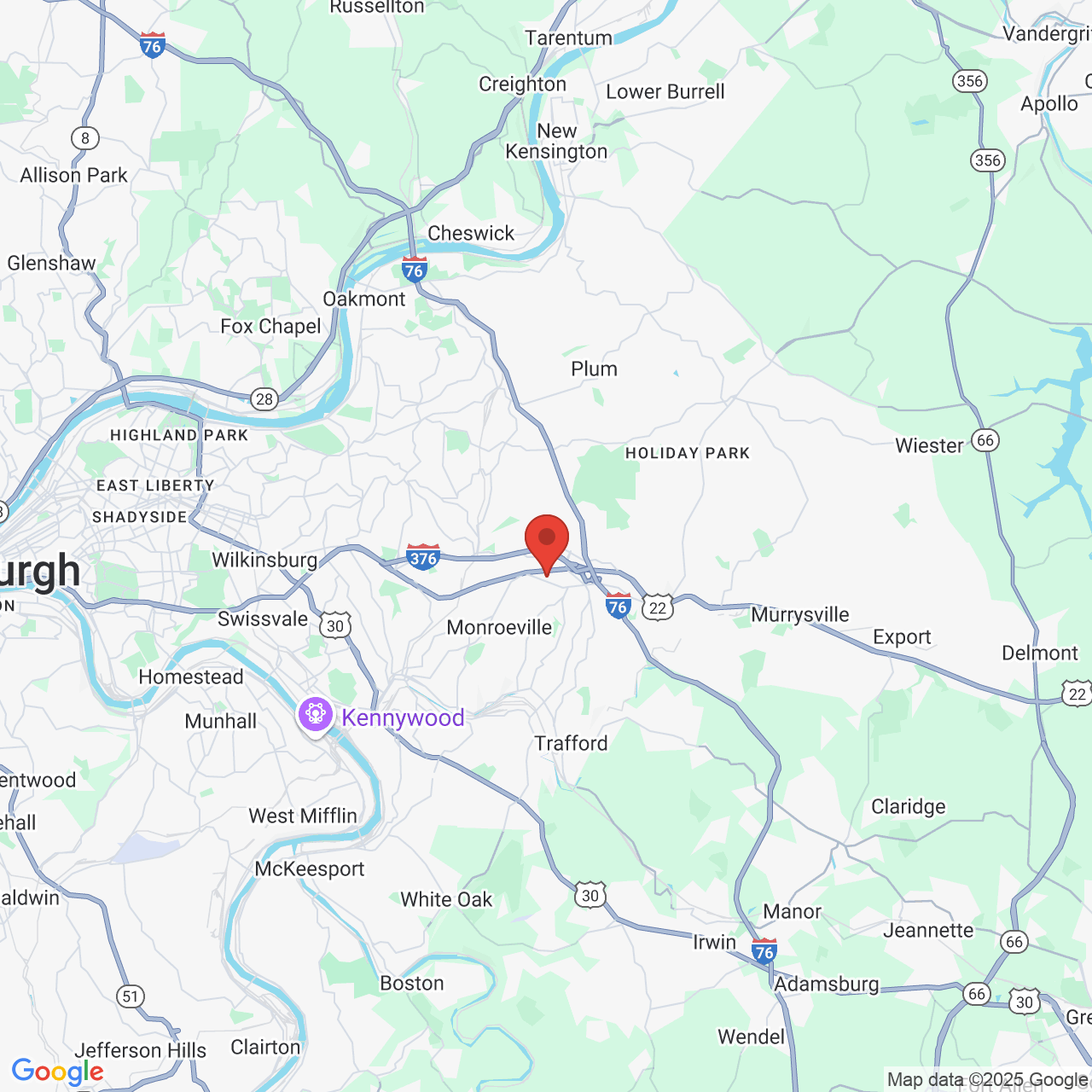Root Planing and Scaling: The Deep Cleaning Treatment Process
 Patients throughout the greater Pittsburgh area place their trust in Dr. Edward Narcisi because of his commitment to advanced restorative dentistry that enhances dental health and total wellness. Among the many dental care treatments he offers, root planing and scaling (deep cleaning) is especially key for lasting and effective dental health. Let's consider the root planing and scaling process right now.
Patients throughout the greater Pittsburgh area place their trust in Dr. Edward Narcisi because of his commitment to advanced restorative dentistry that enhances dental health and total wellness. Among the many dental care treatments he offers, root planing and scaling (deep cleaning) is especially key for lasting and effective dental health. Let's consider the root planing and scaling process right now.
What is root planing and scaling?
Root planning and scaling is a dental procedure that involves the removal of plaque and tartar deposits lodged down at the gumline. This is a careful process to help keep the teeth and the gums as healthy as possible.
Why is root planing and scaling performed?
When plaque and tartar are allowed to remain lodged at the gumline, it increases the chances of tooth decay and gum disease occurring. By removing the deposits of plaque and tartar, dentists are able to prevent these issues from occurring. Even for people who brush their teeth and floss regularly, a deep cleaning is a good idea to ensure optimal dental health and wellness.
How Root Planing and Scaling Differs from Regular Cleanings
Since root planing and scaling is also known as deep cleaning, many people assume that the process is similar to a routine dental cleaning. That is definitely not the case. During a normal dentist cleaning, an electric brush and floss are used to polish the teeth thoroughly and leave people's smiles clean. With root planing and scaling, special scraping tools are used to get down into the gumline area, getting at portions of the gum and tooth structure that are not accessed during a routine cleaning.
What to Expect During Root Planing and Scaling Treatment
During root planing and scaling, patients are given local anesthetic in order to reduce the discomfort that they may experience while being treated. The dentist and a hygienist work together to carefully remove the plaque and tartar that has been accumulated. While the two parts of the deep cleaning treatment are considered as a whole, there are two different actions involved:
- Scaling - The removal of the plaque and tartar from the teeth
- Planing - The smoothing down of root surfaces affected by the plaque and tartar and the removal of infected or damaged tooth structure
Only one-quarter to one-half of the mouth will be treated in a deep cleaning session in order to avoid anesthetizing the entire mouth and taking up too much of the patient's time, allowing him or her to return to regular activities for the rest of the day.
What to Expect After Root Planing and Scaling Treatment
After root scaling and planing, patients often experience tender or sensitive teeth. This is temporary and normal. Patients should avoid hot or cold beverages in order to prevent discomfort. Brushing and flossing should be done as normal, but patients should be extra tender with brushing and flossing, again to reduce discomfort.
Contact the Center for Dental Excellence
To learn more about advanced dental care and how you can have the healthiest and most beautiful smile possible, be sure to contact our cosmetic and restorative dentistry center today. Dr. Narcisi and the entire team at the practice look forward to meeting you in person and helping you achieve all of your dental health goals.


